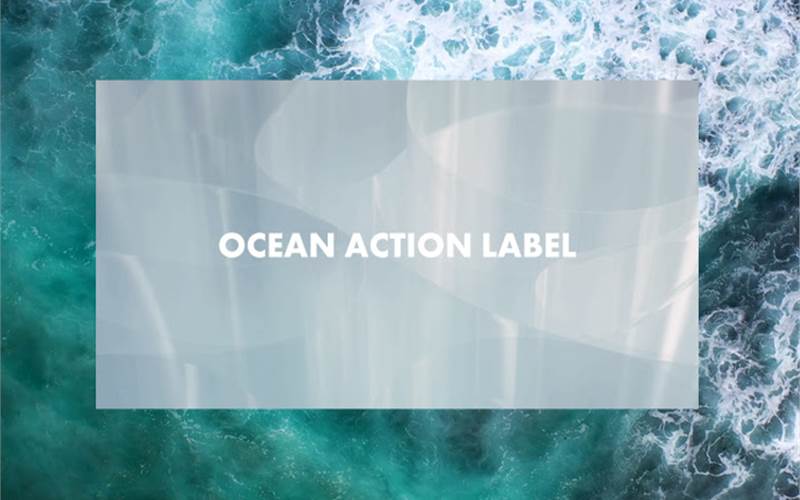UPM Raflatac to use ocean-bound plastics as label raw material
UPM Raflatac has become the first company in the world to invest in the Ocean Bound Plastics (OBP) waste as label raw material in their new Ocean Action labels. The Ocean Action labels are made from ocean-bound plastic using a mass balance approach.
10 Jun 2022 | By Rahul Kumar
Ocean-bound plastic is abandoned plastic waste recovered from areas up to 50-km inland from waterways, defined as “at risk of ending up in the ocean” by OBPCert. The new innovative label material is made possible by close collaboration with multiple partners in the product’s value chain.
The world desperately needs more sustainable and commercially viable ways to recycle post-consumer plastic. The United Nations has recognized the need to recycle more post-consumer plastic and launched a new plastic pollution treaty in 2021. OBPCert has estimated that ocean bound plastic generates 80% of plastic marine litter. Today, only around 10% of plastic waste globally gets recycled, while the rest ends up at landfills, in incineration, and leakage to nature or oceans. One solution to this problem lies in creating markets for products made from ocean bound plastic.
“The innovative Ocean Action label material is the latest step in our beyond fossils journey. It not only helps prevent the plastic waste from ending up in the oceans but also offers brand owners the possibility to meet their recycled content targets for packaging. The Ocean Action label material is an easy-to-use drop-in solution created especially for food and cosmetics end-uses as it has exactly the same performance as the current fossil-based labels,” said Eliisa Laurikainen, business development manager from UPM Raflatac.
The Ocean Action label material is available as white and clear-top coated PP films with RP37, RF37, and RP74 adhesives and PET 23 PCR and glassine liners. These label materials are a perfect fit for FMCG, such as household goods, personal care, packaged foods, and beverages.
To make Ocean Action label a commercially successful product, UPM Raflatac has collaborated closely with multiple partners in the value chain. The collaboration is necessary to make the circular economy a reality. At first stage HHI, a Malaysian-based plastic recycling company collects and sorts the ocean bound plastic waste with its partners. HHI has Ocean Bound Plastics certification under Zero Plastic Oceans programme that ensures the responsible sourcing, proper collection and management of the ocean bound plastic waste.
After collecting and sorting the ocean bound plastic waste, HHI uses chemical recycling to convert the waste into pyrolysis oil. The pyrolysis oil is then used by SABIC to create high-quality PP plastic granulates.
“We are proud to offer our customers another more sustainable choice through the advanced recycling of used plastic that could otherwise end up in our oceans and rivers. These labels containing ocean-bound plastic connect with our TRUCIRCLE programme of circular solutions designed to help reduce plastic waste, mitigate fossil depletion and protect our planet,” said Lada Kurelec, general manager PP, PET, PS, PVC, PU and elastomers businesses for petrochemicals at SABIC.
After SABIC, the plastic granules are used in the process in which the film manufacturer Taghleef Industries produces the label film that is used to produce the final label material by UPM Raflatac.
“We are proud to be part of this initiative that represents a further step towards a more circular economy, thanks to an efficient reuse of valuable material, and is a responsible effort to preserve our environment, especially for younger generations,” said Simone Baldin, business unit manager – Labels Europe, Taghleef Industries.
The plastic waste used in the value chain of making Ocean Action label material is certified under the Zero Plastics Oceans programme, and the final label material under ISCC PLUS. The label material is produced using sustainable recycled feedstock, replacing the equivalent amount of virgin fossil resources used in the production process, using a mass balance approach, accounting for the number of sustainable resources. These verify that the Ocean Action label material is traceable and sustainably sourced.












 See All
See All